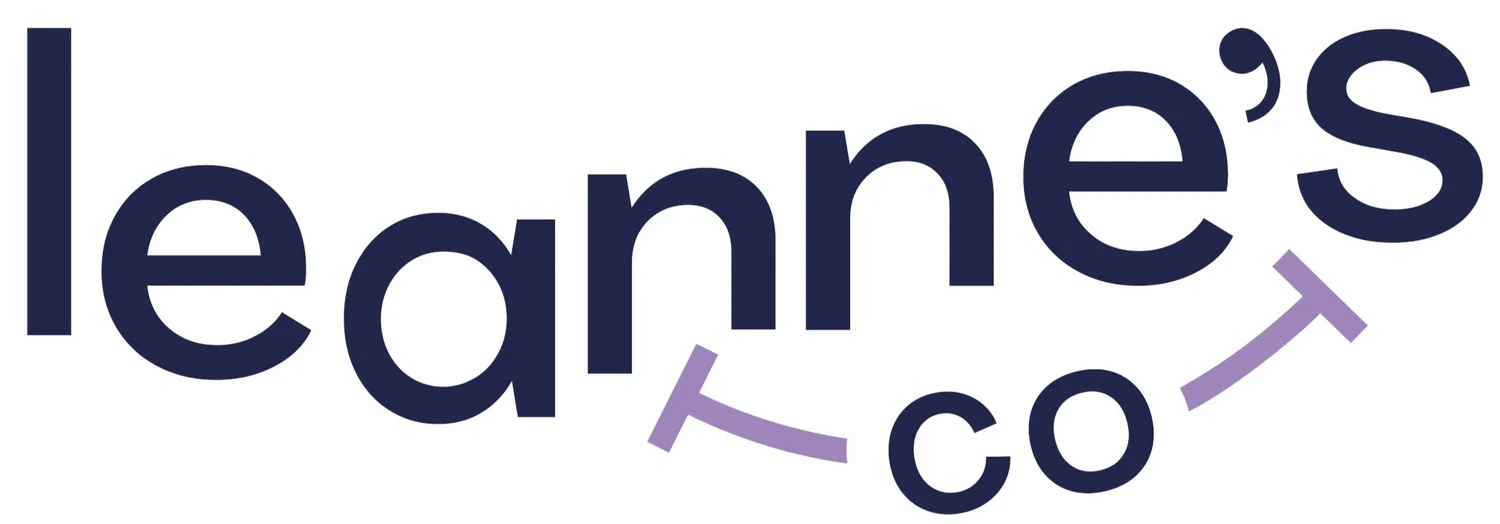How to proof and sign off work
Before any work can go to print, into production or published online it should always be proofed and signed off by you. You should always be the one to give the work, whatever it is, the final ok.
In this post I’m going to share with you what you what you should be looking for when proofing the work and how to sign the work off.
What is proofing and why it’s important?
Proofing work is giving it a thorough look and read over, and is a stage that is usually repeated multiple times in the design process until you’re happy with to sign the work off.*
Over they years I’ve heard so many horror stories about mistakes that were missed, like an old manager who didn’t spot that a cover had ‘pogrom’ written on it instead of a programme. Having tens of thousands of programmes pulped and reprinted is a costly mistake.
When you’re proofing the work, you’re reading it to make sure it makes sense and looking for any mistakes – not just spelling but are there any mistakes with facts or figures? Are the contact details correct?
What you should be checking when proofing work?
Read through all the copy and make sure there are no spelling or grammatical mistakes – spellcheck doesn’t pick up everything, for example places and people’s names.
Do all the links, URLs or QR codes work?
Have you checked all the telephone numbers and email addresses are correct?
Does the work contain any images that need approval, perhaps for licensing or child safeguarding reasons?
Tips for how to proof the work
I always find it helpful to allow myself a day or two break from looking at the work before coming back to it with fresh eyes, or ask someone who hasn’t been involved to look over it.
For editorial work, like magazines, I proof them far better from a printout rather than on screen. I then make a note of any changes that need making on the print out, which I then add to an annotated pdf.
Make sure it has been checked and approved by all stakeholders (or the people whose opinion you trust).
How to sign work off
Sign off is another way of saying approving the work. After you’ve checked the work over one last time and are happy that everything is correct and as it needs to be, you simply tell your designer or web developer, preferably in an email (so it’s in writing) that you have checked the work, you’re happy with it and are happy to sign it off. They can then put it into production.
As I mentioned at the start, no work should be put into production before it is signed off by you. I always insist that my client’s eyes are the last to see the work and make sure they are 100% happy with all the content.
What happens if a mistake is spotted too late?
It’s gutting when that happens, and it does happen on occasion, but when you sign off or approve the work you are saying that all the information in the work is correct, you’ve checked it and you have permission to use the content. If an error is subsequently found, then it would be your responsibility to cover the cost of rectifying that mistake, whether that be additional print costs or a designer’s time, so it is important to never rush the proofing stage.
*It is common practice for designers to include a set number of proofing stages in their contracts. It important to check the work thoroughly and feedback clearly, as you could be charged an additional amount for any rounds of amends that goes over this set number.
Leanne’s Co is the design department for organisations without one.
When you work with Leanne’s Co. I’ll guide you through the design process, making it as smooth as possible – managing the job from brief to delivery. Get in touch and we can have a chat.

